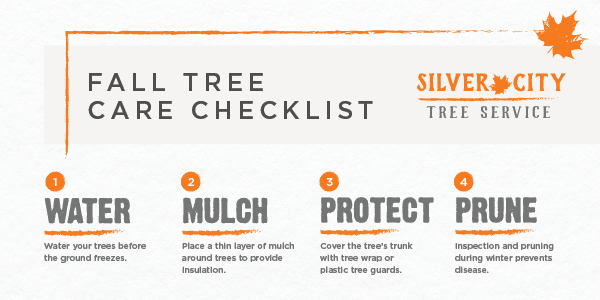Look For Essential Indicators That Indicate Your Tree May Be Harmful; Knowing These Can Safeguard Your Residential Or Commercial Property And Liked Ones. What Should You Expect Next?
Look For Essential Indicators That Indicate Your Tree May Be Harmful; Knowing These Can Safeguard Your Residential Or Commercial Property And Liked Ones. What Should You Expect Next?
Blog Article
Write-Up By-Winther Aagaard
When it pertains to tree care, recognizing the signs that it's time for removal is crucial for your safety and residential or commercial property. You may discover blemished leaves, wilting branches, or odd fungal developments showing health issue. Architectural concerns, like a considerable lean or fractures in the trunk, can likewise posture dangers. Understanding these warning signs can aid you make informed decisions about your trees and protect against potential risks prowling in your backyard. What should https://israelojeys.thenerdsblog.com/41112382/the-gains-from-pruning-trees-enhancing-visual-high-quality-and-tree-wellness try to find next?
Indicators of Decay and Disease
When you notice indications of decay and illness in your trees, it's important to act swiftly. Seek stained leaves, wilting branches, or unusual growths like fungus. These can show that your tree is battling.
If you see fractures in the bark or soft, mushy wood, these signs and symptoms suggest internal degeneration. Additionally, an abrupt boost in insects around your tree can signal that it's deteriorated and prone.
Look for any kind of dead or dying limbs, as they position a risk to your home and security. If you're uncertain regarding what you see, consulting an arborist can supply clearness.
Addressing these indications early can conserve you from a lot more comprehensive damages and make certain the wellness of your yard. Do not wait till it's too late.
Structural Instability and Leaning
As you observe your trees, keep an eye out for any kind of indicators of structural instability or leaning. If a tree leans substantially, it may indicate that the origin system is compromised.
Look for any type of fractures in the trunk or soil around the base; these can indicate possible failure. In addition, look for uncommon development patterns, like an uneven crown, which might suggest that the tree is struggling to hold itself upright.
If you see that the tree favors your home, high-voltage line, or other frameworks, it postures a higher risk. Do not overlook these signs-- get in touch with an arborist to examine the situation.
Taking action early can protect against costly damages and ensure your security.
Dead or Perishing Branches and Foliage
If you notice dead or passing away branches and vegetation on your tree, it's a clear sign that something's wrong.
These unhealthy locations can suggest underlying issues like illness, bug problems, or ecological stress. When branches shed their fallen leaves or transform brownish, they're no more contributing to the tree's health and wellness. Neglecting these indications can cause additional decline, making your tree a lot more dangerous.
Dead branches can quickly break off during storms, positioning a risk to property and individuals nearby. It's critical to examine the degree of the damage.
If the issue impacts a considerable part of the tree, consider getting in touch with a professional. They can aid determine if removal is necessary to guarantee safety and maintain the elegance of your landscape.
Conclusion
If you discover any signs of decay, architectural instability, or dead branches on your trees, don't disregard them. relevant internet page can present serious security risks to you and your building. It's always best to consult a specialist arborist who can offer a professional assessment of your trees. Taking action early can protect against crashes and expensive damages, guaranteeing your landscape remains secure and healthy and balanced. Remember, it's better to be aggressive regarding tree treatment than to wait on a catastrophe to happen.
